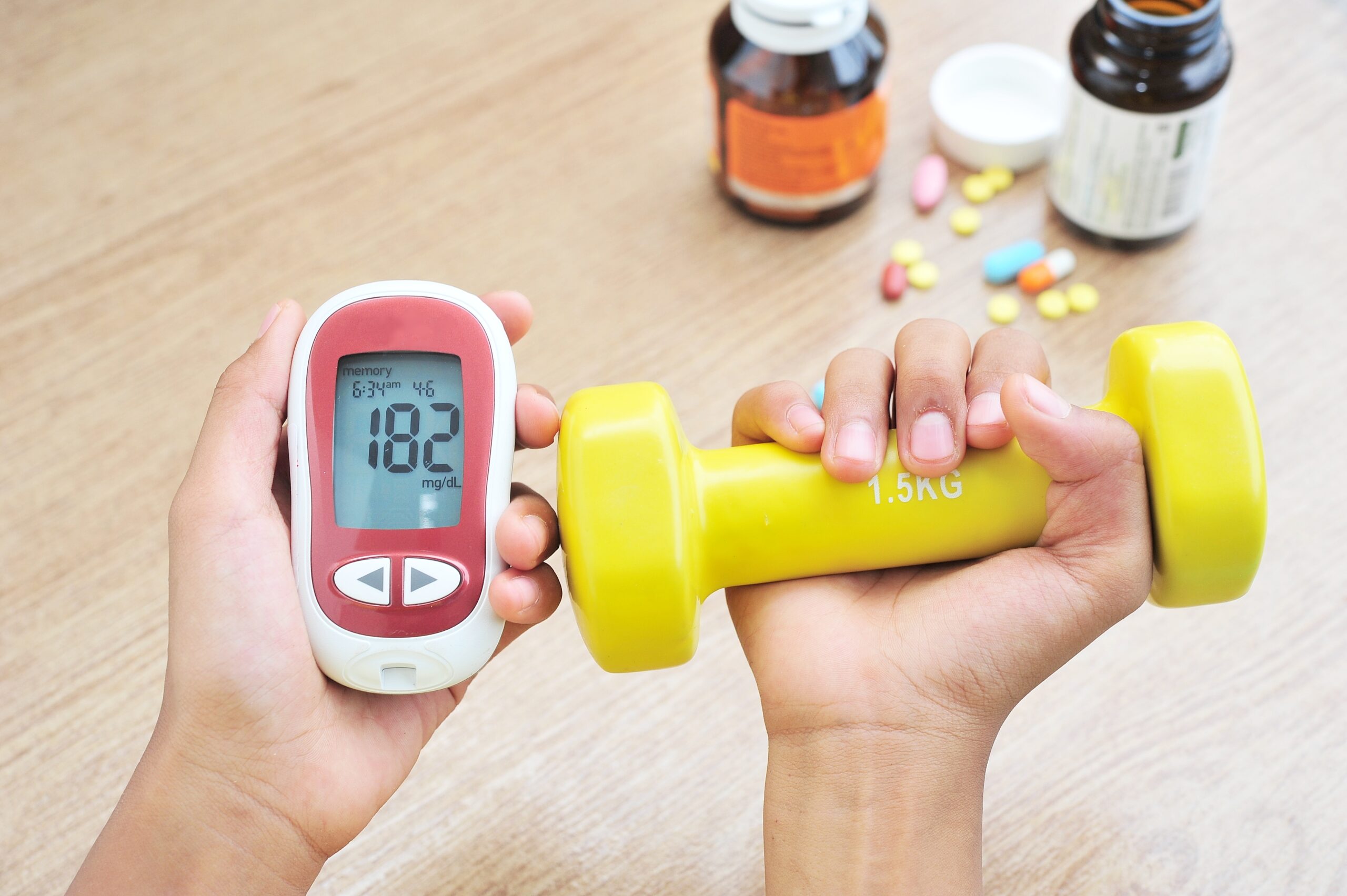Table of Contents

Countless doctors drone on about the importance of exercise for diabetics.
"Get your 150 minutes per week," they say, as if it's as simple as filling a prescription. But that glazed-over advice skips the most critical part: building a sustainable habit you actually enjoy.
Reframe "Exercise" as Joyful Movement
Banish the concept of punishing, strenuous "workouts" from your psyche. Instead, infuse more movement you genuinely like into each day.
Meander around the neighborhood and relish the fresh air. Meet a friend for a gentle swim. Twirl across the living room to your favorite tunes.
The key is consistency, not intensity.
Nibble on Movement with "Exercise Snacks"
No 30-minute block to spare? No problem.
Treat yourself to brief "exercise snacks" throughout the day. After each meal, stride briskly for just 5-10 minutes—it's one of the best ways to tame post-meal blood sugar spikes.
While waiting for your coffee to brew or the elevator to arrive, bust out some push-ups against the wall or counter. Infuse more motion into mundane tasks, and those minutes will add up.
Build Strength with Simple At-Home Moves
Cardio tends to hog the spotlight, but resistance training is equally vital for diabetics. It builds muscle that eagerly slurps sugar from your bloodstream, helping level out glucose peaks and valleys.
No gym or weights required—use your own body!
Pepper your day with push-ups, squats, lunges, and dips using a sturdy chair. Aim for one set of 10-15 reps per exercise to start.
Tackle Emotional Roadblocks Head-On
For many, the biggest barrier to exercise is between the ears. Perhaps previous attempts fizzled out, leaving you demoralized. Maybe you're self-conscious about your fitness level or too exhausted to contemplate anything beyond Netflix.
These feelings are valid—and surmountable. Start with a compassionate mindset: every small step counts, and you're doing this to care for yourself, not punish your body.
Enlist a supportive friend to cheer you on or join you for accountability. If fatigue is an issue, paradoxically, gentle movement like walking can help boost energy over time. Address your emotional hurdles with as much tenacity as you monitor carbs and insulin.
Don't Skimp on Post-Workout Recovery
While exercise itself is vital, what you do afterwards is just as crucial.
To sidestep dreaded blood sugar droops, check your glucose and have a small carb-containing snack within 30 minutes of finishing a workout, such as fruit or crackers.
Continue monitoring your levels a bit more often that day and adjust your meal plan and insulin accordingly. Prioritize good sleep, aiming for 7-9 hours per night, to help your body recover and keep cravings in check.
Pamper sore muscles with Epsom salt baths, foam rolling, or a restorative yoga sequence. Proper recovery sets you up to stay consistent and reap maximum rewards.
Keep a Blood Sugar and Activity Journal
To troubleshoot lows and optimize your routine, jot down how different activities impact your blood sugar before, during, and after.
Armed with that data, you can tinker: grab a snack beforehand, dial back intensity, or do it more often! Think of it as an empowering experiment to discover your personalized exercise prescription.
Starting an exercise habit as a diabetic takes thoughtfulness and preparation. But it doesn't demand overhauling your life or pounding the pavement until you collapse.
Weave more joyful movement into each day, bit by bit. Tackle inner emotional barriers with self-compassion and support. Prioritize smart recovery to keep your blood sugars steady and body primed for more.
Soon, your body and glucose control will reap the rewards of your effort—and you may just start craving those exercise snacks.
